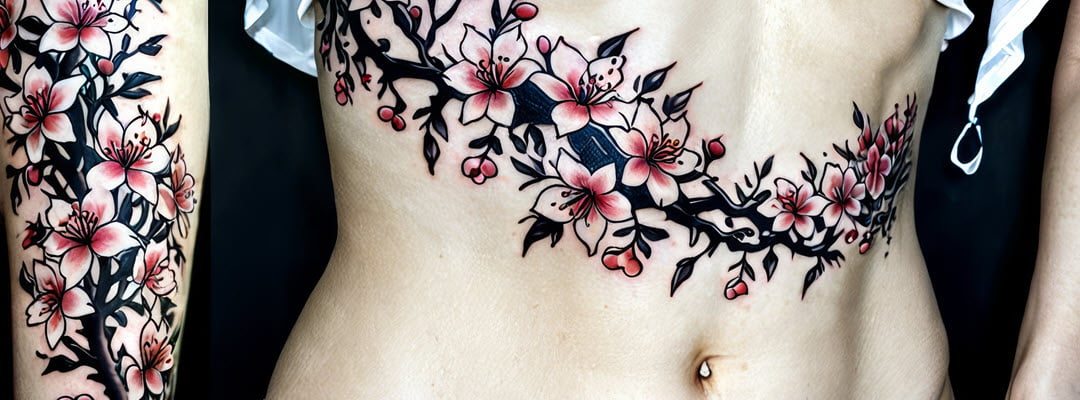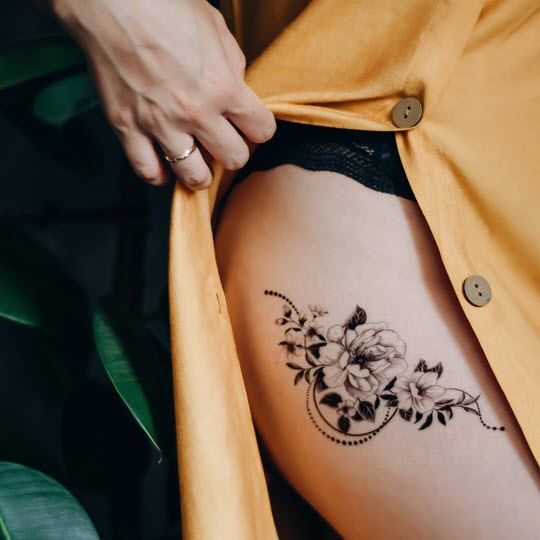Tattooing, a practice that dates back thousands of years, has evolved significantly across cultures and periods. From ancient tribal markings to contemporary art pieces, the history of tattoo styles reflects diverse cultural expressions and technological advancements.
Ancient Beginnings
The earliest evidence of tattoos dates back to around 3300 BCE with Ötzi the Iceman, whose preserved body was found with over 60 tattoos. These ancient tattoos, primarily composed of simple dots and lines, are believed to have had therapeutic or symbolic meanings. Similarly, ancient Egyptians used tattoos for ritualistic purposes, as evidenced by the female mummies’ tattoos indicating their roles in religious rites.
Polynesian and Tribal Tattoos
Polynesian cultures, including the Maori of New Zealand and the Samoans, developed intricate tattooing techniques deeply embedded in their social and spiritual lives. Maori tattoos, or tā moko, are characterized by spirals and curvilinear patterns, often covering the face. These tattoos signified social status, family lineage, and personal achievements.
In Africa, tribal tattoos were used for various purposes, from identifying tribe members to marking rites of passage. The Berber tribes of North Africa used facial tattoos to protect against evil spirits. At the same time, in West Africa, the Yoruba and Igbo peoples incorporated scarification and tattoos as part of their cultural identity.
Japanese Irezumi
Japanese tattooing, or Irezumi, has a rich history dating back to the Jomon period (10,000 BCE). Initially associated with spiritual and decorative purposes, tattoos in Japan evolved into a sophisticated art form by the Edo period (1603-1868). Full-body suits, known as Horimono, depicted elaborate scenes from mythology, history, and nature. These tattoos were traditionally hand-poked using wooden tools and silk threads, a painstaking process that could take years to complete.
Western Traditional and Sailor Tattoos
In the West, tattooing gained prominence among sailors in the 18th century. Sailors adorned their bodies with nautical symbols, such as anchors and swallows, to signify their experiences and superstitions. This style, American Traditional, is characterized by bold lines, vibrant colors, and iconic imagery.
One of the most influential figures in Western tattoo history was Norman “Sailor Jerry” Collins. In the mid-20th century, he revolutionized the industry with his innovative designs and techniques. His flash art, featuring pin-up girls, eagles, and daggers, remains a staple in traditional tattooing.
Realism and Neo-Traditional

As tattoo technology advanced, so did the complexity of designs. The realism style emerged in the late 20th century, aiming to replicate photographic quality images on the skin. Realistic tattoos require exceptional shading and color-blending skills to create lifelike portraits and scenes.
Neo-traditional tattoos, a modern twist on American Traditional tattoos, incorporate their predecessors’ bold lines and vibrant colors but with more depth, intricate details, and a broader color palette. This style often features updated takes on classic motifs, blending old-school elements with contemporary artistry.
Contemporary Styles
The contemporary tattoo scene is a melting pot of styles and influences. Watercolor tattoos, characterized by their fluid, paint-like appearance, gained popularity for their artistic and vibrant aesthetic. Geometric tattoos, emphasizing symmetry and precision, have also become a favorite for their minimalist yet striking designs.
Moreover, the rise of tattoo conventions and social media has facilitated the global exchange of ideas and techniques, leading to hybrid styles and innovative approaches.

Conclusion
From ancient rituals to modern art, the evolution of tattoo styles showcases humanity’s enduring fascination with body art. Each style tells a story of cultural significance, personal expression, and artistic ingenuity, reflecting the ever-changing landscape of tattooing throughout history.

